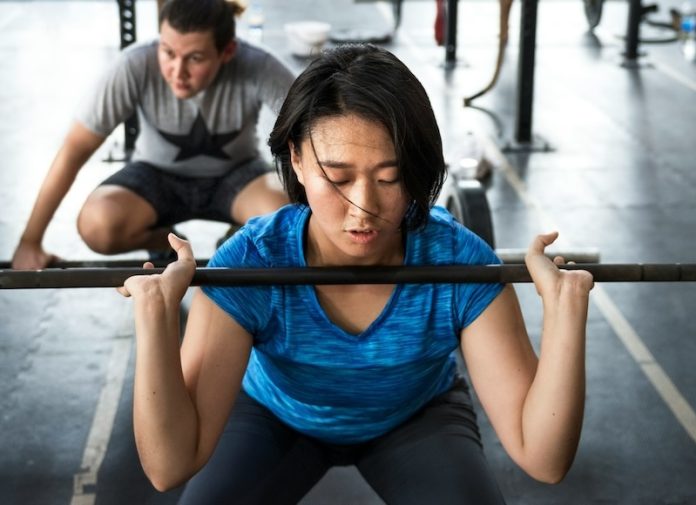
A recent study reveals that even brief, daily exercise—such as climbing stairs or cycling for errands—can help lower blood pressure, potentially reducing cardiovascular risk.
Conducted by researchers from University College London (UCL) and the University of Sydney, the study found that just five additional minutes of daily exercise could lead to meaningful health improvements.
The study, published in Circulation, analyzed data from 14,761 people who wore activity trackers to monitor their movements and blood pressure levels.
Researchers looked at how different daily activities, including sleep, sitting, slow walking, fast walking, standing, and more vigorous activities (such as running or stair climbing), affected blood pressure.
They discovered that replacing less active behaviors with just five minutes of more vigorous movement could lower systolic blood pressure (SBP) by 0.68 mmHg and diastolic blood pressure (DBP) by 0.54 mmHg.
At a broader level, a 2 mmHg drop in SBP and a 1 mmHg drop in DBP could lower the risk of heart disease by about 10%.
For significant benefits, the study estimated that around 20 additional minutes of vigorous movement per day could reduce SBP, while 10 minutes could lower DBP.
This suggests that even everyday activities that increase heart rate, like a quick bike ride or climbing stairs, can positively impact blood pressure.
Dr. Jo Blodgett, one of the study’s lead researchers, explained that exercise—especially at a higher intensity—is essential for blood pressure reduction, more so than less intense activities like walking.
According to Blodgett, incorporating small amounts of exercise into daily routines can benefit people of all fitness levels. She highlighted that everyday tasks, like taking the stairs or cycling short distances, offer an accessible way to incorporate beneficial movement without a formal workout.
The researchers combined findings from six studies in the ProPASS consortium, which involved participants from five countries. Each person wore a thigh-mounted device that recorded their activity over a 24-hour period.
On average, participants spent seven hours sleeping, ten hours sitting, three hours standing, one hour walking slowly, one hour walking briskly, and only about 16 minutes doing vigorous activities like running or cycling.
Professor Emmanuel Stamatakis from the University of Sydney emphasized the potential of short, intense activities for blood pressure management. He noted that high blood pressure, affecting 1.28 billion adults worldwide, is a leading cause of premature death.
While medication is common, this study suggests that simple, short bouts of exercise could also offer accessible, sustainable options for managing high blood pressure.
Professor Mark Hamer, another senior author, pointed out that unlike supervised exercise programs, which often fail to create lasting habits, this study focused on movement within everyday life.
Free-living activities are likely more sustainable and may be more easily maintained over time. The study also highlights the value of wearable tracking devices, which are becoming valuable tools for people to monitor their daily activity and manage their health.
This research underscores how even small, regular bursts of movement—whether it’s climbing stairs or taking a brisk walk—can make a significant difference for heart health and blood pressure management.
The findings offer hope for a simple approach to tackling hypertension and reducing cardiovascular disease risks through easily adaptable lifestyle changes.
If you care about high blood pressure, please read studies that drinking tea could help lower blood pressure, and early time-restricted eating could help improve blood pressure.
For more health information, please see recent studies about added sugar in your diet linked to higher blood pressure, and results showing vitamin D could improve blood pressure in people with diabetes.
The research findings can be found in Circulation.
Copyright © 2024 Knowridge Science Report. All rights reserved.



